Tag Archive for: Space Sciences
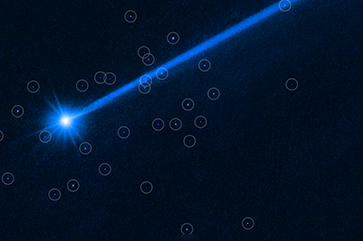 https://www.college.ucla.edu/wp-content/uploads/2023/08/NASA_363.png
241
363
Alvaro Castillo
https://www.college.ucla.edu/wp-content/uploads/2019/07/Uxd_Blk_College-e1557344896161.png
Alvaro Castillo2023-08-04 15:04:032023-08-04 15:04:03Planetary defense test deflected an asteroid but unleashed a boulder swarm
https://www.college.ucla.edu/wp-content/uploads/2023/08/NASA_363.png
241
363
Alvaro Castillo
https://www.college.ucla.edu/wp-content/uploads/2019/07/Uxd_Blk_College-e1557344896161.png
Alvaro Castillo2023-08-04 15:04:032023-08-04 15:04:03Planetary defense test deflected an asteroid but unleashed a boulder swarm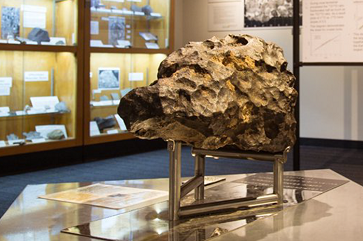
The UCLA Meteorite Gallery poetry contest awaits your stellar verse
Help celebrate the study of these formerly heavenly bodies
Jonathan…
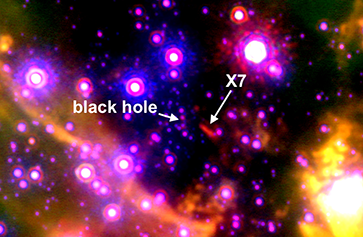
A mysterious object is being dragged into the supermassive black hole at the Milky Way’s center
UCLA astronomers think the object, X7, might be debris cloud…
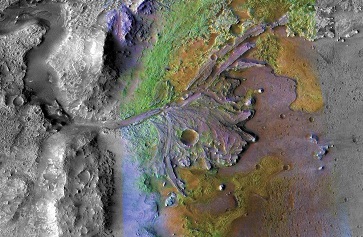
First underground radar images from Mars Perseverance Rover reveal some surprises
Unexpectedly tilted rock layers in the Jezero crater hint at…
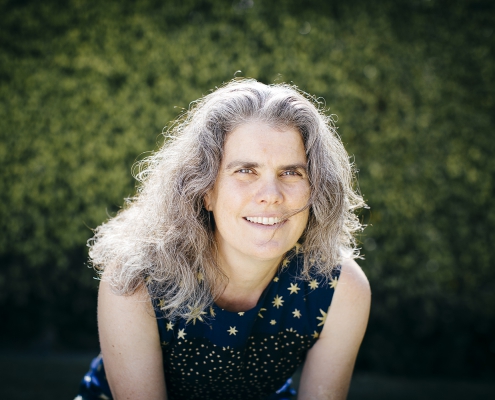
Andrea Ghez wins 2020 Nobel Prize in physics
Andrea Ghez, UCLA’s Lauren B. Leichtman and Arthur E. Levine…
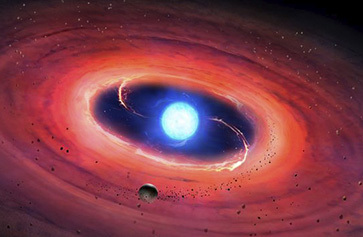 https://www.college.ucla.edu/wp-content/uploads/2020/04/SpaceDay_363x237.jpg
237
363
Chris Ibarra
https://www.college.ucla.edu/wp-content/uploads/2019/07/Uxd_Blk_College-e1557344896161.png
Chris Ibarra2020-04-29 16:59:002020-04-30 14:05:09UCLA College Celebrates Space Day 2020
https://www.college.ucla.edu/wp-content/uploads/2020/04/SpaceDay_363x237.jpg
237
363
Chris Ibarra
https://www.college.ucla.edu/wp-content/uploads/2019/07/Uxd_Blk_College-e1557344896161.png
Chris Ibarra2020-04-29 16:59:002020-04-30 14:05:09UCLA College Celebrates Space Day 2020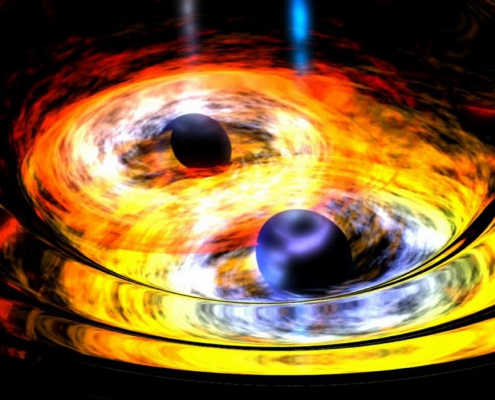
That Supermassive Black Hole in our Galaxy? It has a Friend.
Smadar Naoz is an associate professor of physics and astronomy…
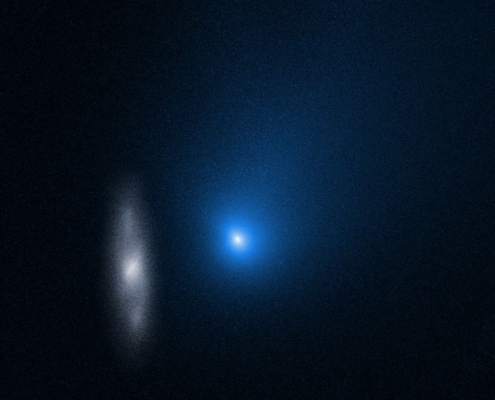
New NASA image provides more details about first observed interstellar comet
A new image from NASA’s Hubble Space Telescope provides…
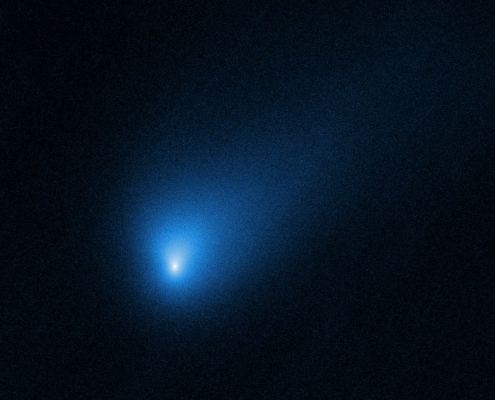
UCLA astronomer gets best look at first comet from outside our solar system
David Jewitt, a UCLA professor of planetary science and astronomy,…
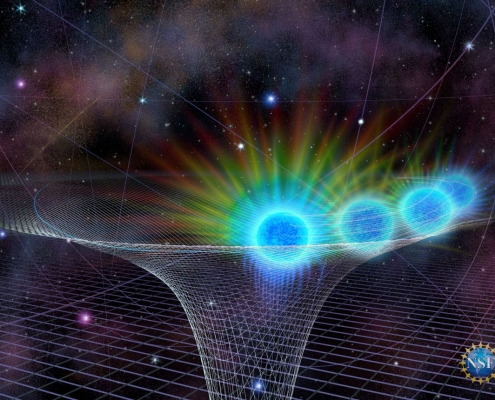
Black hole at the center of our galaxy appears to be getting hungrier
The enormous black hole at the center of our galaxy is having…

